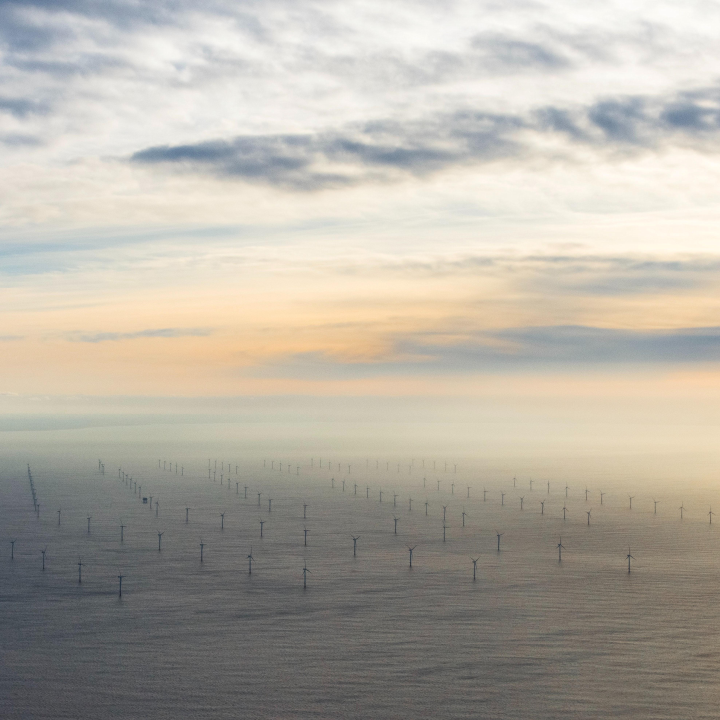Today, around 38% of European oil platforms have already worked beyond what could be described as their design ”use-by” date. In the next decade, that number could reach 80%. Add on the financial effect of low oil prices and growing external costs, and it is no surprise companies are keen to find faster, smarter and cheaper ways to manage operations with a view to safely extending the life of their assets.
Intelligence of this kind (also vital for convincing authorities to extend operating licences) is very hard to come by, and even harder to analyse under complex and changing conditions.
In response to this demand, Eurostars project ISOS has been working on a new “lean” structural integrity management (SIM) system. The project paired digital monitoring technology by Swiss-based Akselos with marine energy expertise by LICengineering (based in Denmark). They validated the resulting technology over several months on a North Sea platform through a partnership with Shell.
The resulting Digital Guardian system cleverly reduces what Hans Jørgen Riber (LIC’s business development manager) calls the “incident to resolution gap”. When installations are down, it is a double hit for the operator or owner: there is lost energy production capacity and revenue, and the cost of investigation, maintenance and repairs can be steep for oil, gas and wind installations found in remote offshore locations.
Being predictable, in a good way
The ISOS project, and its follow-up Eurostars-funded project GODESS, focus on optimal design parameters for offshore energy support structures using operations data collected by LIC/Akselos’ “predictive Digital Twin technology”. They build a much clearer picture of the structural integrity of ageing installations. This, makes the whole process (from design through to operations, management, refitting and decommissioning) much more efficient.
“The Digital Guardian contains the SIM (sensor) system feeding data into a Digital Twin. The Digital Twin model is based on a fast, very clever ‘reduced based’ finite element (RB-FE) methodology, developed by Akselos and the Massachusetts Institute of Technology (MIT) in the United States, and software plugins developed by LIC for enabling offshore design applications. The SIM system developed by LIC is based on accelerometers and operational modal analysis or OMA theory,” explains Riber. “This combination is a veritable Digital Guardian, enabling us to monitor and predict the current state of health of any connected offshore asset in real-time.”
In effect, the SIM system feeds the latest data into a numerical model of the offshore asset’s structure: a direct copy of the asset that can describe its exact behaviour. Digital Twins is based on physics-based models augmented with real-world sensor data. It can drastically minimise inherent uncertainties and improve estimates of the asset’s true lifetime.
Vastly more accurate than industry-standard modelling of large-scale assets, the system is now fully validated under realistic operating conditions. “This system generates vital intelligence at the speed of thought,” Riber claims. This is critical to helping operators “make the transition towards predictive maintenance”.
Armed with this vital data, platform operators can present a strong case to regulators deciding whether to extend an asset’s operational life. When the alternative is costly and risky decommissioning, the pragmatic economics of predicative modelling are hard to ignore. Riber’s company has developed a compelling business case for using Digital Guardian based on the project’s North Sea pilot. Some benefits and cost-savings include:
- Optimised operations and maintenance at the “speed of thought”.
- Smoother field life studies and workflows, saving millions per study.
- Better maintenance regimes, saving 12-15 million US dollars per asset.
- Fewer inspections and less unplanned downtime, saving 5-20 million US dollars per asset.
- Extended operational lifetime by 15+ years, saving 50-100 million US dollars per asset.
- Overall material cost savings of 25%.
- Decommissioning scenarios and studies, saving 2-6 million US dollars per asset.
- Secure data transfer through the bespoke SIM system.
- Actionable intelligence 1,000 times faster than anything on the market.
Spirit of openness
“The proprietary plugin modules we’ve developed at LIC complement Akselos’ unique ‘RB-FE solver’ solutions by streamlining critical structural analysis workflows,” Riber stresses, adding that the companies were conscious to make the plugins modular so they could work with legacy and new designs. “Part of LIC’s revenue model is being able to monetise our software and services alongside Akselos’ established business network anywhere in the world.”
This global outlook is helped by the international nature of the partnership between LIC and Akselos, and the success of the project has been further boosted by Akselos’ MIT links. Key players in the industry look for international repute of that degree as evidence of an open and innovative working culture.
It is also partially why Akselos opted for an open innovation ecosystem. Consultancies and support services can work with and improve on the solutions, helping to make the wider energy sector more efficient and successful. For example, a turbine developer can easily spend 20,000 engineering hours designing a new unit, but optimisation tools like those refined in ISOS could shave thousands off that total. This translates into millions of euros in savings on design alone, and potentially ten-fold that in operations management costs.
The potential cost-savings go beyond the extended lifetime of many oil and gas platforms due for decommissioning in the near future.
The offshore wind industry has its own challenges to contend with. As many turbines are approaching the end of their ”design life”, companies will need to provide a credible case to regulators for their continued use, unlocking years of potential value in the asset.
“Given the huge upsides of introducing our Digital Guardian system, we’re surprised more major oil and gas platforms or renewable facilities haven’t adopted our tools. Shell’s recent validation of the system is likely to change that,” Riber predicts.
Partners: Akselos SA (Switzerland), LICengineering A/S (Denmark)
Project ID: 10672 ISOS (Eurostars)
Project duration: September 2016 to September 2018
